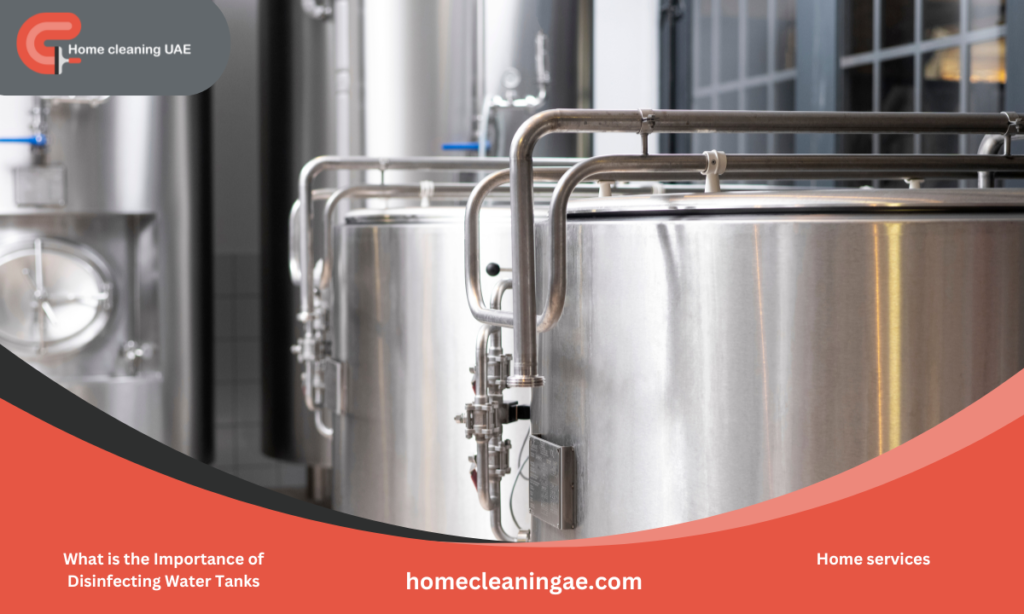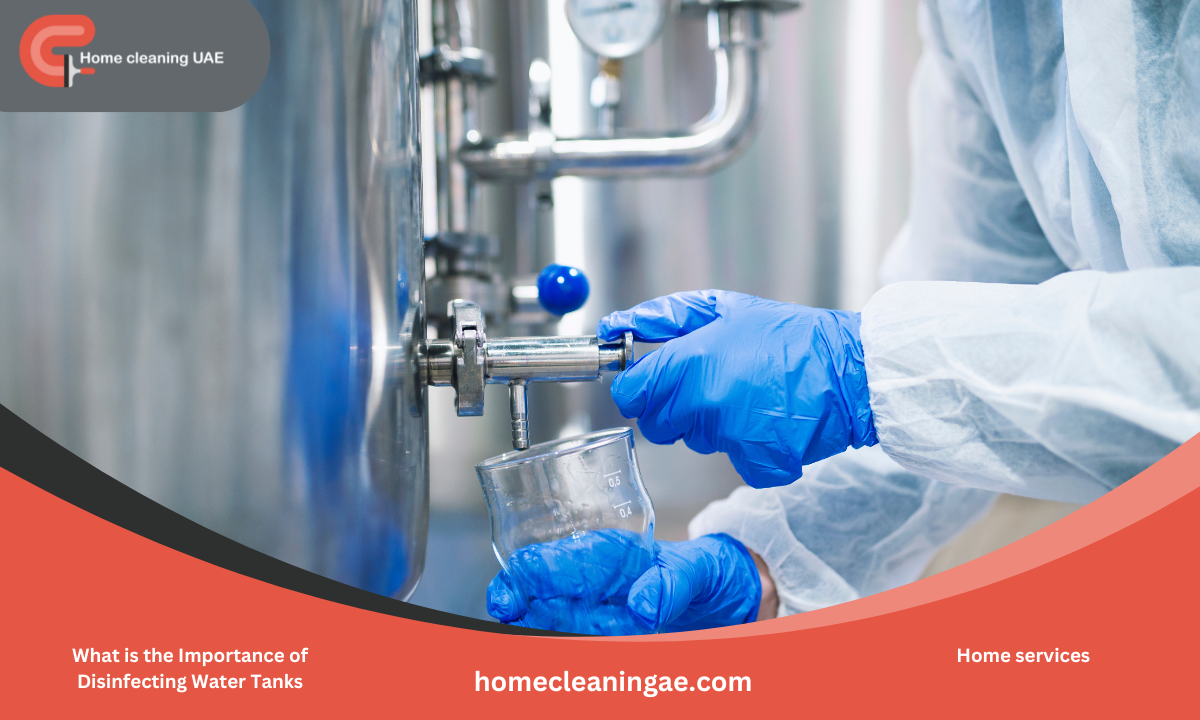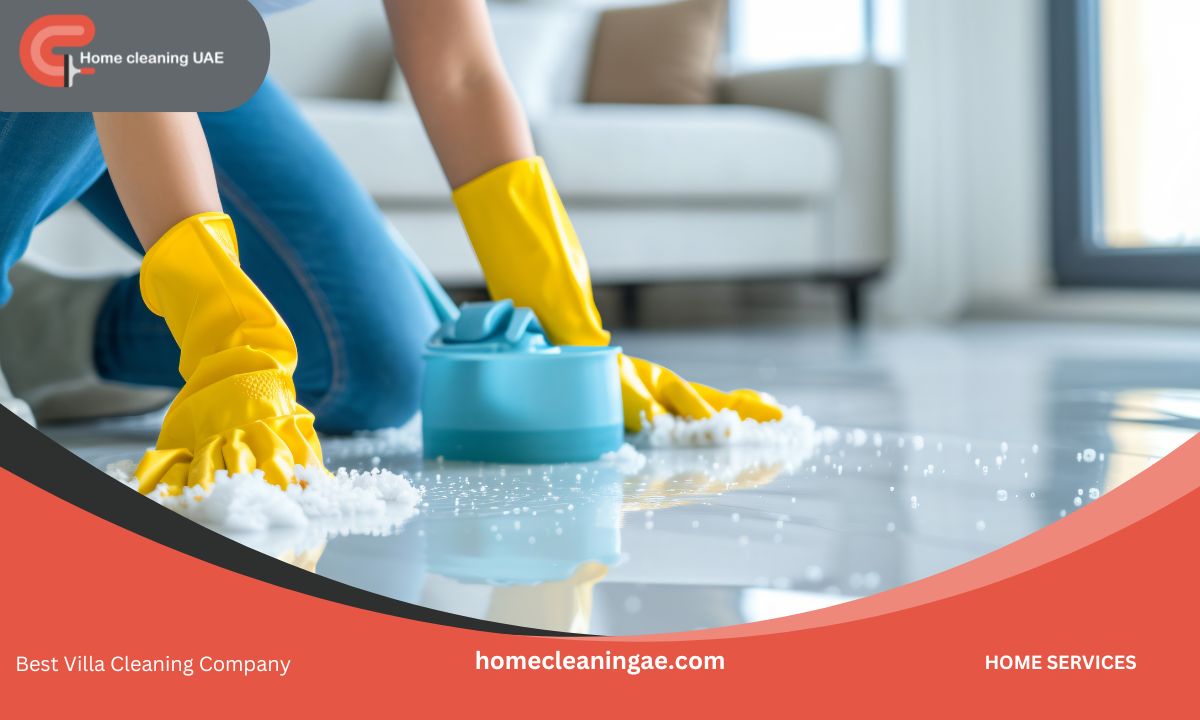The Importance of Disinfecting Water Tanks are a primary source of water for daily use, making their disinfection essential. Disinfection eliminates bacteria and germs, protecting individuals from waterborne diseases. It also improves water quality, ensuring clarity and purity. Furthermore, disinfection contributes to extending the tank’s lifespan and maintaining its structural integrity.
Reasons for Disinfecting Water Tanks
Disinfecting water tanks is crucial for public health and safety. Key reasons include:
- Unclean water may harbor bacteria, viruses, and parasites that cause diseases like cholera, typhoid, and diarrhea.
- Disinfection removes contaminants and organic matter, enhancing water taste and odor.
- Sterilized water helps maintain environmental balance by reducing pollutant levels that could harm aquatic life.
- Properly disinfected water stays safe for use longer, reducing the frequency of water replacement.
- In times of contamination, such as rainwater seepage or external pollutants, disinfection is essential to ensure safe drinking water.
- Disinfecting water tanks is a fundamental step in preserving public health and water quality.
Common Water Tank Disinfection Agents
Disinfecting water tanks requires effective agents that ensure the elimination of germs and microbes. Common agents include:
- Sodium Hypochlorite: Commonly used in water disinfection, added in specific doses.
- 70% Ethyl Alcohol: Less commonly used in water tank disinfection.
- Chlorine: Used in tablet or powder form for water purification.
- Ozone: A highly effective disinfectant but requires specialized equipment.
- Ultraviolet (UV) Light: Used for chemical-free water disinfection, but requires specialized systems.
For any disinfectant, follow the recommended dosages and disinfection periods to ensure water safety.

When and How Often to Disinfect Water Tanks
- Disinfect tanks before first-time use.
- If there’s an unusual change in water quality, disinfect the tank.
- After any contamination from events like rainwater seepage or external pollution.
- Every 6 to 12 months to ensure water safety and quality.
- Tanks can be disinfected multiple times a year as needed.
Methods for Disinfecting Ground and Overhead Water Tanks
Disinfecting both ground and overhead water tanks is vital for ensuring water safety. Common methods include:
- Add around 2-3 ml of liquid sodium hypochlorite (chlorine) per 1,000 liters of water.
- Dissolve chlorine in a bucket of water and pour the solution into the tank.
- Run the pump to distribute chlorine throughout the water.
- Let the water sit for 24 hours, then test chlorine levels.
- If the concentration is suitable, the water can be used after rinsing.
- UV Systems: Disinfects water by passing it through UV light, an effective and eco-friendly method.
- For regular use, boiling water before consumption can be an option, though impractical for large quantities.
- Special water filters can help remove bacteria and germs; choose a reliable filter.
- Regularly clean the tank to remove sediment and pollutants.
- Ensure the water source is safe and secure.
- Check for any leaks or damages to prevent water contamination.

Tips for Maintaining Tank Cleanliness and Water Quality
- Regularly clean the tank to remove dirt and sediment; it’s recommended to do this twice a year.
- Ensure the tank is well-covered to prevent insects and dirt from entering.
- Avoid placing chemicals or pollutants near the tank, and never pour chemicals into the water.
- Check for any leaks in the tank or pipes, as leaks can lead to water contamination.
- Periodically replace a portion of the water to ensure it stays fresh.
- Conduct regular water quality tests, especially if the water is used for drinking.
- If the water is for drinking, use appropriate filters to ensure water purity.
- Use safe, eco-friendly materials when treating the water.
- Avoid unnecessary water usage to maintain tank efficiency.
- By following these tips, you can maintain the quality and safety of tank water.
Tank Cleaning Methods
Cleaning tanks is essential to preserve water health and quality. Here are some effective cleaning methods:
- Start by completely draining the tank, ensuring water is disposed of in an appropriate area.
- Use a brush or broom to remove sediment and algae from the tank’s bottom and walls.
- Clean the walls with a mix of water and soap; a brush can be used for hard-to-reach spots.
- Prepare a disinfectant solution with chlorine by mixing a small amount of chlorine with water (about 1 cup for every 10 liters of water). Dip the brush in the solution and scrub the walls thoroughly.
- After cleaning and disinfecting, rinse the tank thoroughly with clean water several times to remove any residue.
- Allow the tank to dry completely before refilling it.
- Try to clean the tank every six months or as needed to keep the water clean and healthy.
- Wear gloves and use appropriate protective equipment during the cleaning process.
Chemical Cleaning Process
The chemical cleaning process involves using chemical compounds to remove dirt, stains, and germs from various surfaces. Important points include:
- Disinfectants: Used to kill germs and microbes, such as alcohol and chlorine.
- Bleaches: Used to brighten colors and remove stains, like chlorine bleach.
- Surface Cleaners: Used to remove grease and dirt, such as liquid soap and specialized surface cleaners.
- Chemicals can be used directly or diluted, following the instructions on the label.
- It’s recommended to wear gloves and a mask to protect the skin and respiratory system.
- Store chemicals in places out of children’s reach.
- Read usage instructions and warnings before use to avoid risks.
- Some chemicals are harmful to the environment, so consider using natural alternatives when possible.



